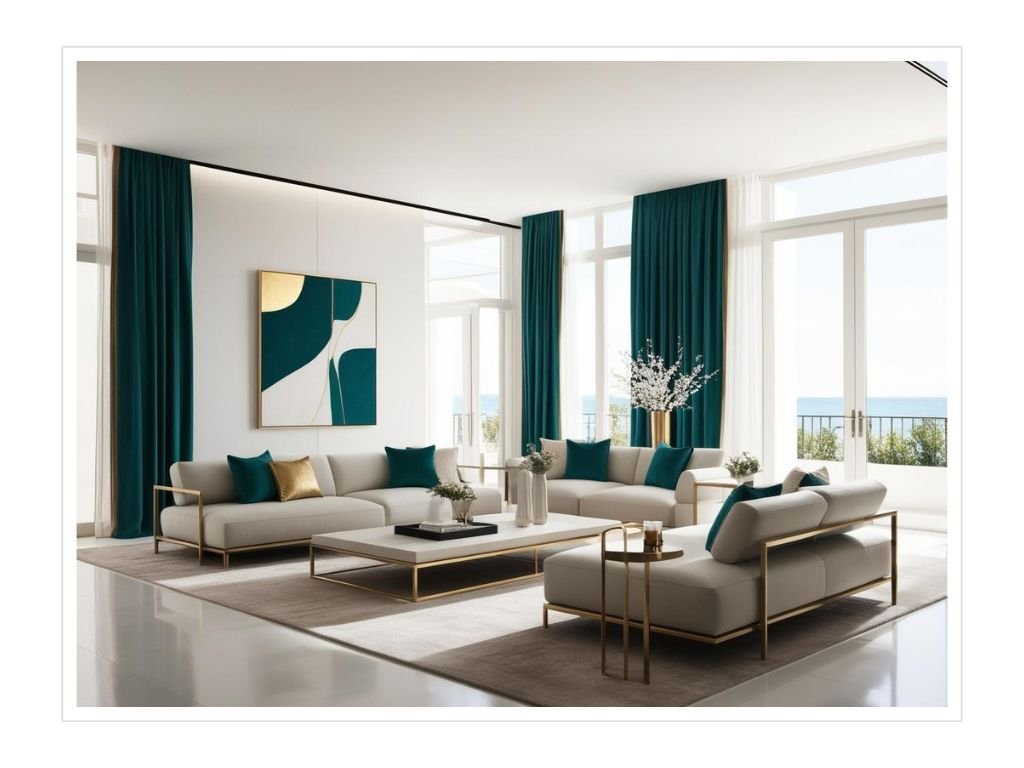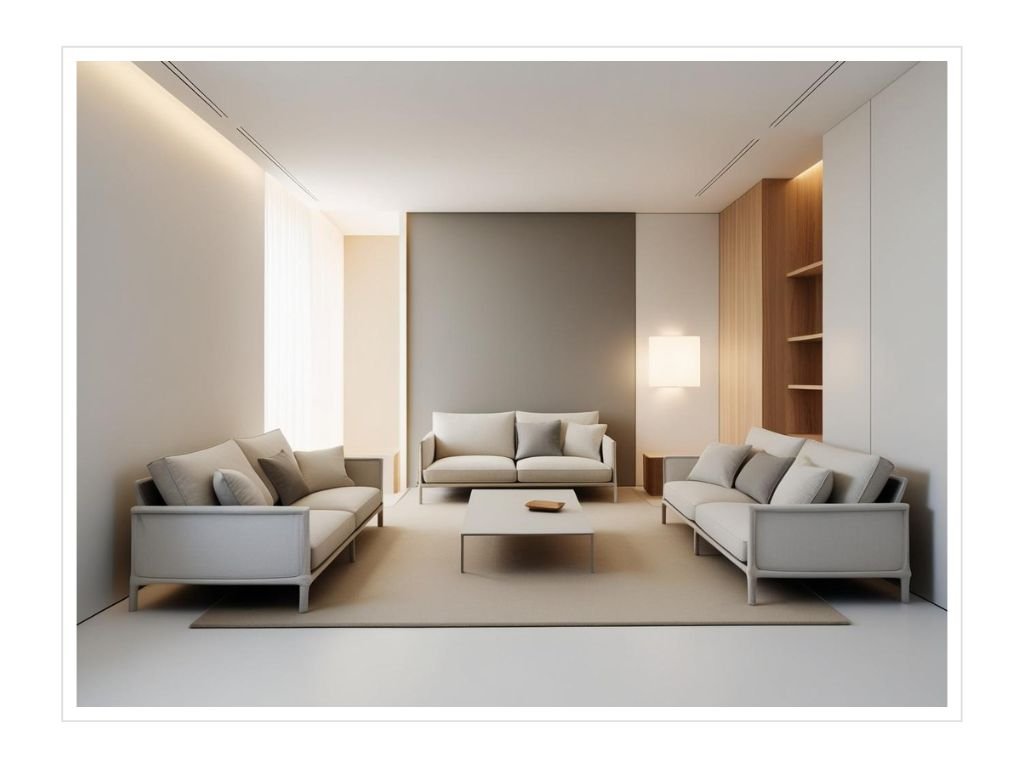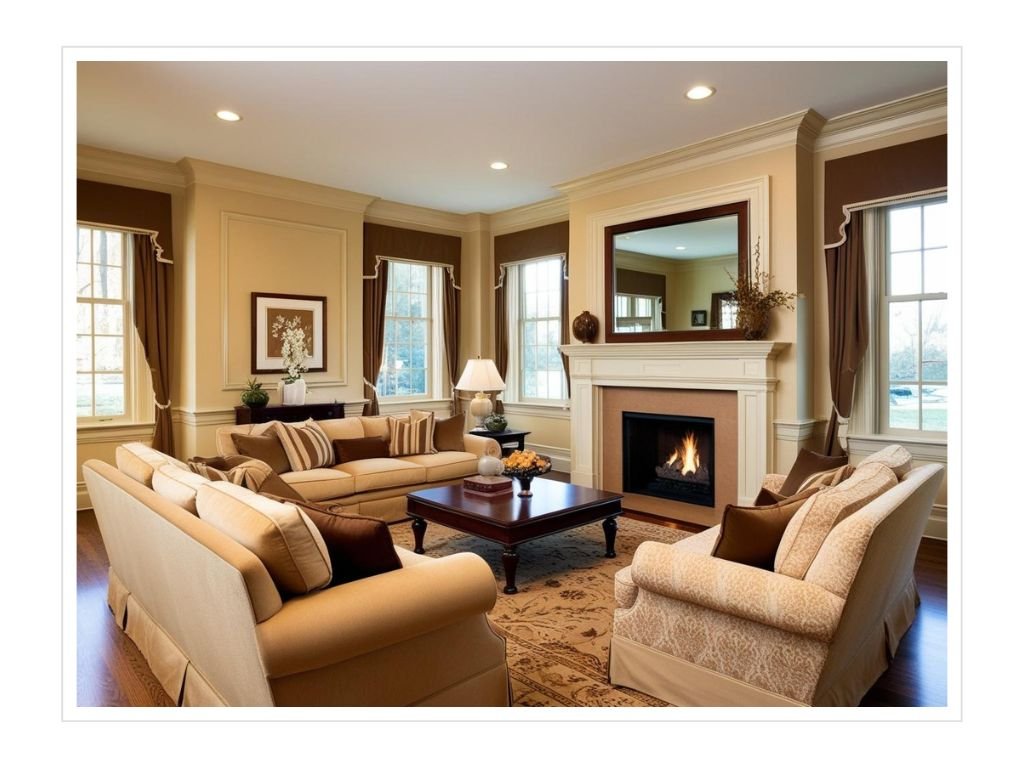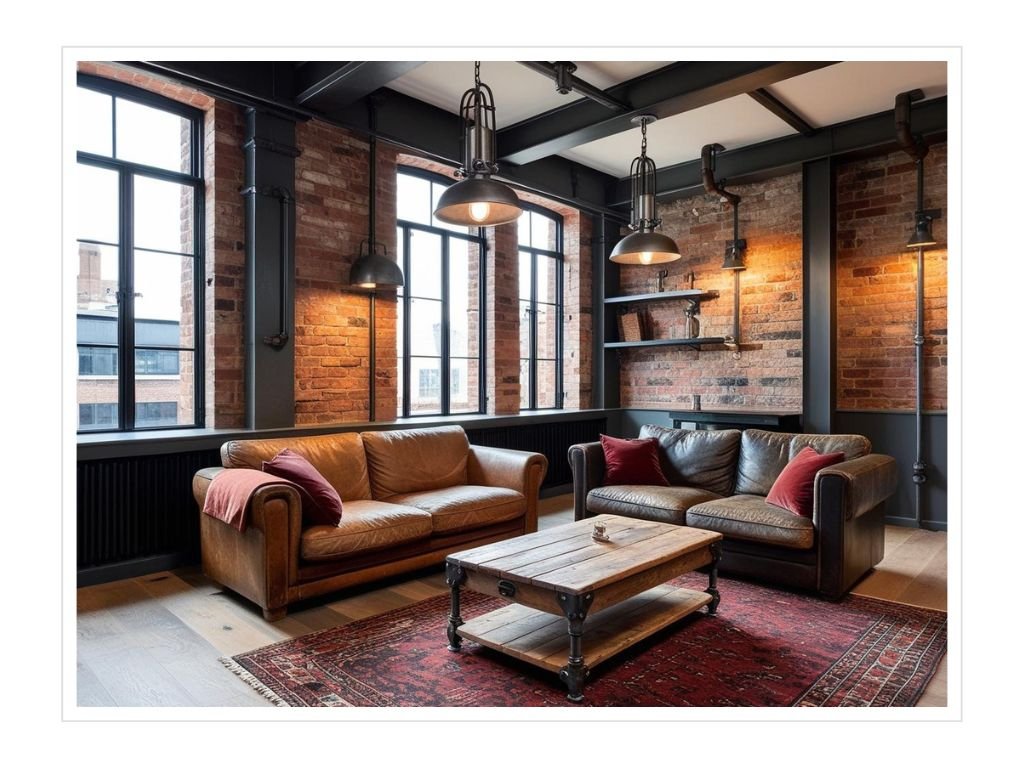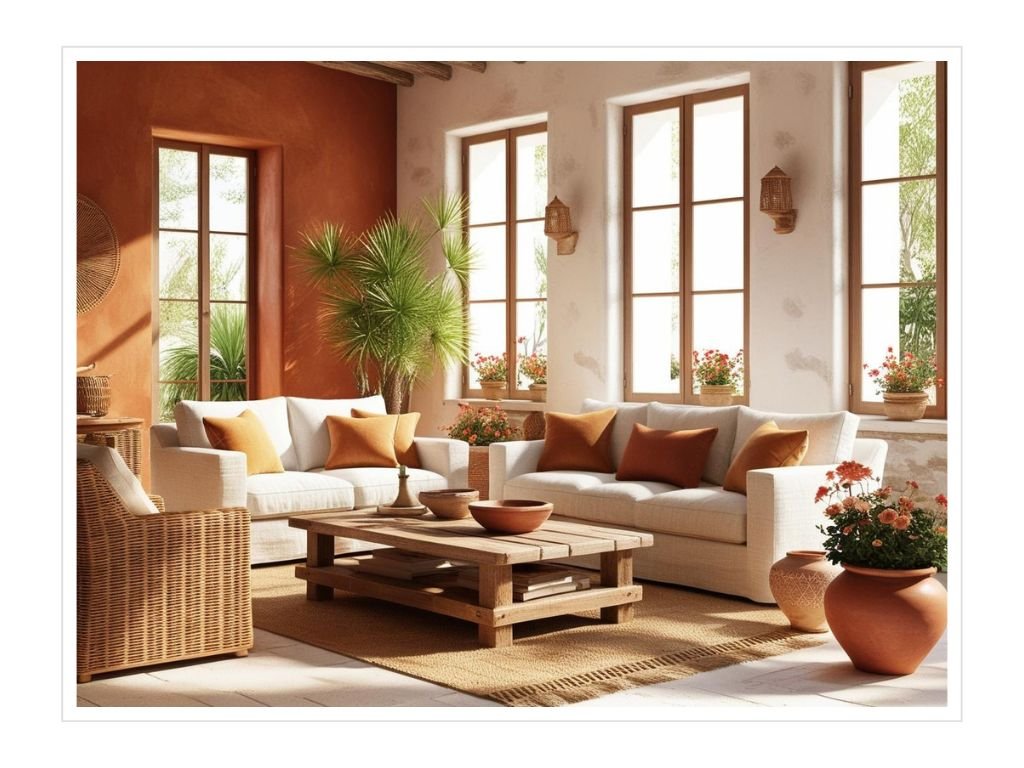I have felt drawn by the captivating, always-changing aspect of contemporary design. This trendy layout that shows the most modern and good-looking stuff we have nowt, gives a wonderful mix of comfort, practicality, and artistry. Here, I will give my opinion on the most effective way to incorporate contemporary design practices to the architectural design and inner spaces of the house, respectively.
The Essence of Contemporary Design
Contemporary design has its signature of straightforwardness, unity, and lean space interaction of elements, often with the emphasis on the art of the void as an expressional definition of the architectural form. The most successful and remarkable of the contemporary pieces of designing, in my view, are those that are extremely simple and yet wintry or personal to warmer. It’s all about making new, modern, elegant, and sustainable living spaces.
Architectural Elements
I usually make use of the following key features in designing contemporary buildings:
- Large windows, made of glass, to let in natural light and to provide beautiful views
- Open floor plans are layouts that have no walls between rooms and instead use spaces to communicate movements of space and function
- Asymmetrical, often geometric forms allow people to develop their creative and innovative ideas
- Sustainable and eco-friendly materials are necessary for a better environment
- Flat or low-pitched roofs are still a favorite among many house owners
- Minimal ornamentation
These components are put together in such a way that they form a mixture so that they are daring but at the same time welcoming, making a statement that is both functional and original at the same time.
Materials and Textures
One of the most interesting things for me in the process of designing in the present is the building of textures by the juxtapositioning of materials. The materials that I normally use include, for instance:
- Glass (for transparency and light)
- Steel and concrete (for structure and industrial appeal)
- Wood (to add warmth)
- Natural stone (for texture and elegance)
- Sustainable materials like bamboo or recycled composites
The technique is to tranquilize these materials, thereby creating spaces that look both modern and inviting as well.
Color Palette
The colors did in contemporary interiors bring a neutral vibe but at the same time can be exciting by allowing a place for sharp accents. Among the most used are:
- Whites, grays, and beiges as base colors
- Black for contrast and definition
- Some pops of bold color in artwork or accent pieces
This methodology provides the designs and builds to claim the rigtht exposure.
Lighting in Contemporary Design
Lighting is the soul of a contemporary space. I usually use:
- Large windows and skylights for natural light
- Sculptural light fixtures as a piece of art
- Recessed lighting for a tidy visual
- LED strips for adding an atmospheric light
- Task lighting in functional areas
The idea is to construct a space that is more vibrant in terms of light and decor.
Furniture and Decoribilities
I can provide furniture and decor to a modern place out of the following are:
- Clean forms are still the essence of a minimalist design such as;
- Items are also required to be functional as well as being comfortable;
- Common examples of furniture in neutral colors with mix-and-match textiles;
- Materials (wood, metal, glass, fabric) are the major constituents of the products;
- The right amount of art throughout the house, whether it be sculptures, paintings, wall art, or textiles.
Art is a very important part of modern interiors and is always a starting point for ideas and conversations.
Technology Integration
For me, contemporary design will not work without technology, therefore, it should be adjusted to it. That might be such things like:
- Programs that smart home systems are for lighting, climate, and security.
- Audio-visual equipment that is hidden.
- Charging stations and tech-friendly workspaces as they are an encouraging trend.
- Energy-efficient appliances and systems
It is crucial in the end to mesh these side elements with the general aesthetic of the space.
Challenges and Solutions
One of the main issues in contemporary design is to create a space that looks warm and welcoming, often so that it loses that chic modernity. To tackle this issue, I suggest:
- Add warmth to the room by applying a fluffy carpet or a rough-textured wall stuff
- Strong and appropriate lightings that produce a warm and cozy atmosphere are my skillful tricks to make each room a perfect room
- Plants and natural objects to soften the place
- Using soft items to soften up the environment
Conclusion
Contemporary design is about creating spaces that mirror our lifestyle and aesthetic choices of present days. This style is a reflection of the appreciation of simplicity, practicality, and wise design decisions. As a designer, I take pleasure in setting the stage for daily life by crafting sensibilities that are both intellectual and visually impactful.
Nonetheless, it is important to remember that successful contemporary design is founded on the proper balance of minimalism and personal touch, the greatest achievements in both form and function and the very balanced have to be engaged.
